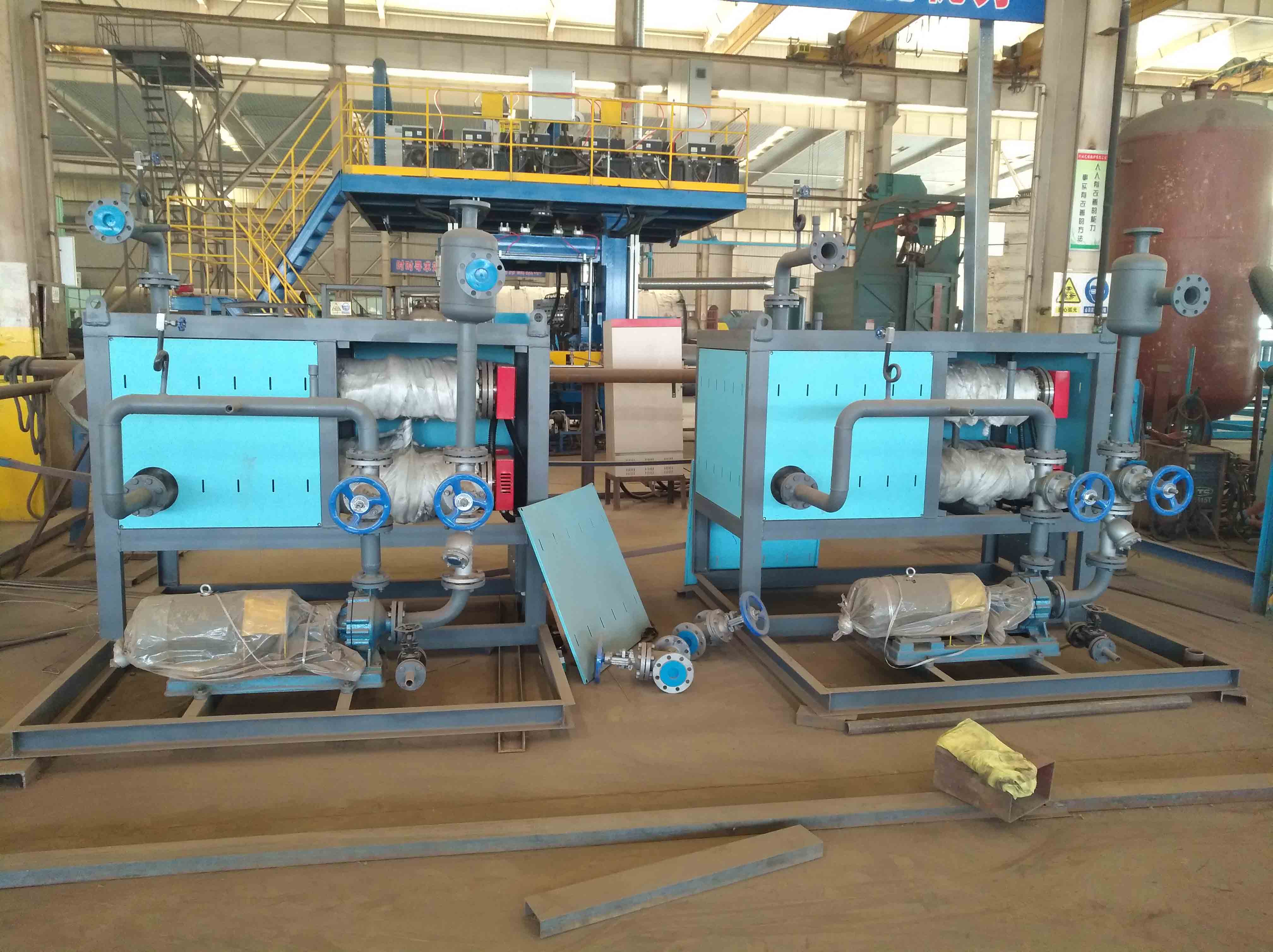Efficient Heating Solutions for Optimal Painting Conditions and Results
The Essential Role of Boilers in the Painting Industry
When considering the myriad of processes involved in the painting industry, one often overlooks an essential tool the boiler. Though primarily known for its use in heating and power generation, the application of boilers in the painting sector is indispensable for several reasons. This article delves into the importance of boilers for painting, examining their functions, benefits, and the innovative technologies surrounding them.
Understanding Boilers in the Painting Context
In the painting industry, boilers provide steam or hot water, which plays a crucial role in various applications. From surface preparation to the actual coating process, the quality of paint and the efficiency of its application often hinge on the availability of steam. This is especially true in large-scale industrial settings where coating metal components or machinery is standard.
Surface Preparation
One of the most critical steps prior to painting is surface preparation. This process involves cleaning the substrate to ensure optimal adhesion of the paint. Steam from boilers can be effectively utilized for this purpose. It helps in removing rust, grease, and other contaminants from surfaces without causing damage. Using hot water for pressure washing is not only effective but also environmentally friendly, as it reduces the need for harsh chemicals.
Paint Application and Curing
boiler for painting

Once the surface has been properly prepared, the next step is the application of paint. In industries where large machinery or structural components are painted, a consistent temperature is vital for maintaining the viscosity of the paint. Here, boilers provide a controlled environment, allowing for the precise management of heat. The result is smoother application and longer-lasting finishes.
Furthermore, curing paint is an integral part of the finishing process. Many paints require heat to cure properly. Steam from boilers can facilitate this process, ensuring that the paint adheres correctly, dries uniformly, and reaches its optimal robustness. This leads to enhanced durability, thus reducing the need for frequent repainting—a significant cost-saving factor for companies.
Efficiency and Sustainability
The use of boilers in painting applications also promotes energy efficiency. Modern boiler systems are designed to utilize resources more effectively, often incorporating advanced technologies such as condensing systems that recover wasted heat. This not only reduces operational costs but also minimizes the overall carbon footprint of painting operations.
Moreover, with growing awareness around sustainability, many painting industries are transitioning toward eco-friendly practices. Boilers that use biofuels or other renewable energy sources can significantly enhance the sustainability of painting processes. Companies embracing these innovative boiler technologies are not just investing in compliance with regulations but are also positioning themselves favorably in an increasingly eco-conscious market.
Conclusion
In summary, boilers play a pivotal role in the painting industry, providing essential steam and hot water for surface preparation, paint application, and curing processes. Their ability to enhance efficiency, promote sustainability, and improve the quality of paint finishes makes them an indispensable asset in both small and large-scale operations. As technology continues to advance, the future of boilers in the painting sector looks promising, with ongoing innovations set to further enhance the capabilities and sustainability of painting processes. For businesses seeking to remain competitive, investing in modern boiler systems is no longer just an option; it has become a necessity.
-
Electric Steam Boiler Manufacturers: Efficient Industrial SolutionsNewsAug.21,2025
-
Efficient Waste Heat Boilers: Energy Recovery SolutionsNewsAug.19,2025
-
Industrial Thermal Oil Boilers | Efficient & Reliable HeatingNewsAug.18,2025
-
Electric Steam Boiler Manufacturers: Efficient & Reliable SolutionsNewsAug.17,2025
-
Electric Steam Boiler Manufacturers: Efficient Industrial SolutionsNewsAug.15,2025
-
Leading Electric Steam Boiler Manufacturers for IndustryNewsAug.14,2025

